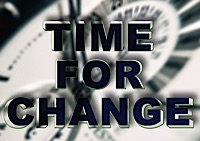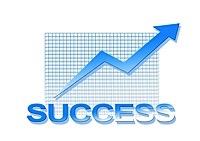
Mark Skinner is Vice President of SSTI and director of the Regional Innovation Acceleration Network (RIAN) Project. He has participating in technology-based economic development for 27 years, working for Ohio's Thomas Edison Program, establishing Ohio's SBIR assistance program and consulting on several Battelle directed projects prior to joining SSTI in 1998. Q: What is RIAN and how does the website promote the initiatives?
A: The Regional Innovation Network (RIAN) is in part an economic development community response to the President’s call in his State of the Union address for the nation to “out innovate” the rest of the world. Within weeks of taking their positions with EDA, Assistant Secretary Fernandez and Deputy Assistant Secretary Brian McGowan posed a similar challenge to SSTI and some its members: how do we make our economic development strategies more innovative at the same time we’re helping high growth startup companies create jobs and wealth? RIAN evolved out of months of talks with EDA, SSTI staff and tech-based economic development practitioners.


















